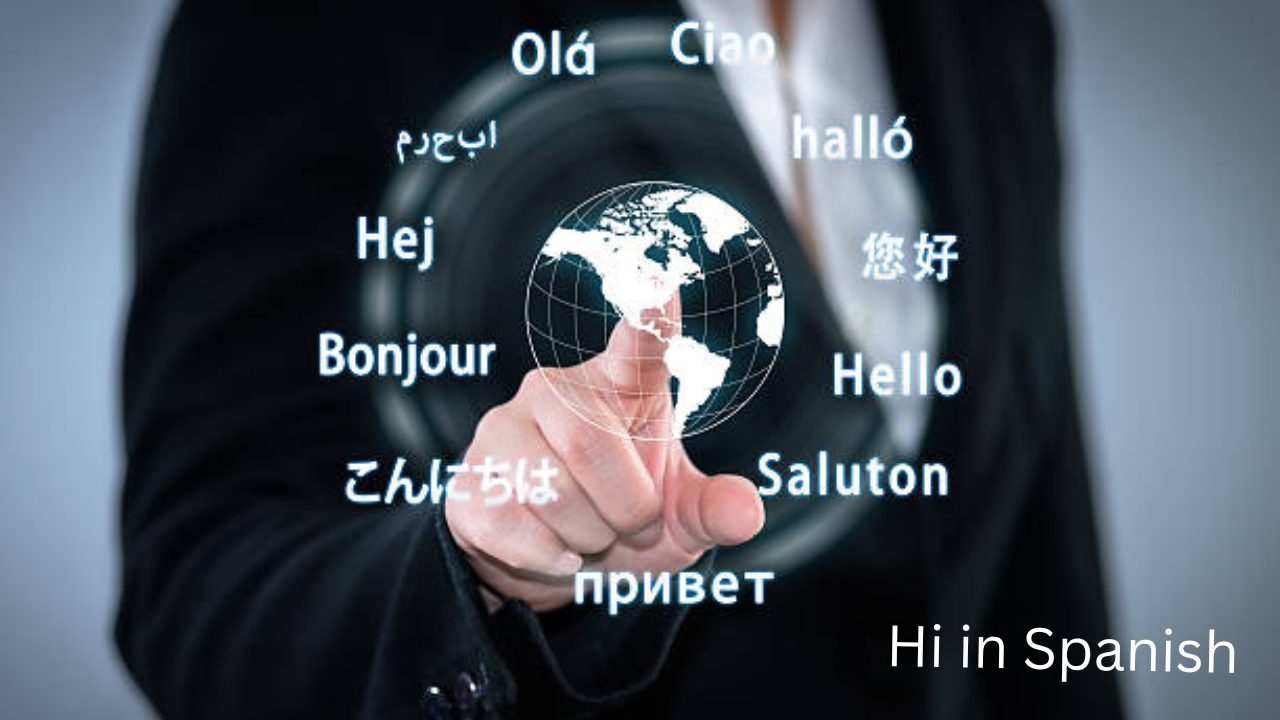Saying hello is the first step in communication, and in the Spanish-speaking world, it carries its charm and cultural nuances. Hi in Spanish is typically expressed with the word “Hola,” a term that is as friendly and welcoming as its English counterpart. This article explores how to say hi in Spanish, the many ways to greet people, the contexts in which these greetings are used, and the cultural significance of each.
What Does “Hola” Mean?
At its core, “Hola” translates to “hello” or “hi” in English. This simple, two-syllable word is a staple in Spanish-speaking communities across the globe. Pronounced as OH-lah, it is easy to remember and universally understood. The versatility of “Hola” makes it suitable for formal and informal situations, whether greeting a friend or addressing a stranger.
Why Is It Important to Know Hi in Spanish?
Learning to say hi in Spanish is not just about mastering a word; it’s about embracing a cultural practice. Greetings in Spanish-speaking countries often set the tone for the entire interaction. A warm and enthusiastic “Hola” can instantly make someone feel valued and appreciated. Knowing how to greet people properly demonstrates respect and an effort to connect, which is especially important when traveling, working, or building relationships in Spanish-speaking communities.
Different Ways to Say Hi in Spanish
While “Hola” is the most common and widely recognized way to say hi in Spanish, other variations and regional greetings add flavor to the language. Here are some examples:

- ¡Qué tal!
- Meaning: How’s it going?
- Use: Informal and conversational.
- Buenas
- Meaning: A shortened version of “Buenas días” (Good morning), “Buenas trades” (Good afternoon), or “Buenas noches” (Good evening).
- Use: Flexible and polite, often used in passing.
- ¿Cómo estás?
- Meaning: How are you?
- Use: A friendly follow-up to “Hola” that can make the conversation more engaging.
- ¡Ey!
- Meaning: Hey!
- Use: Very informal, often used among close friends.
- ¡Hola, amigo!
- Meaning: Hi, friend!
- Use: Casual and warm, ideal for greeting someone you know well.
- Also Read: The Science Behind Red Light Therapy: Benefits, Uses, and What to Expect
The Role of Non-Verbal Communication
In Spanish-speaking cultures, greetings are not limited to words. Non-verbal communication plays a crucial role. For instance:
- Handshakes: Common in formal settings or when meeting someone for the first time.
- Hugs and Kisses on the Cheek are common in many Spanish-speaking countries, particularly in informal or friendly interactions.
- Smiles and Eye Contact: A genuine smile paired with direct eye contact adds warmth and sincerity to your “Hola.”
When to Use Formal and Informal Greetings
Understanding when to use formal versus informal greetings is essential for navigating Spanish-speaking social situations.
- Formal Settings:
- In professional environments or when addressing elders, a polite “Hola, buenos días” (Hello, good morning) or “Hola, señor/señora” (Hello, sir/ma’am) is more appropriate.
- Informal Settings:
- Among friends, family, or peers, you can keep it simple with just “Hola” or a casual “¡Qué tal!”
Fun Facts About Hi in Spanish
- “Hola” Has No Silent Letters: Unlike many other Spanish words, the h in “Hola” is silent, but the pronunciation remains straightforward.
- Universal Recognition: Whether you’re in Spain, Mexico, Argentina, or any other Spanish-speaking country, “Hola” is universally understood.
- Adaptable Across Dialects: While accents and slang differ across regions, “Hola” remains consistent and widely accepted.
How to Practice Saying Hi in Spanish

- Start Conversations: Practice saying “Hola” when meeting Spanish-speaking friends or colleagues.
- Use Language Apps: Platforms like Duolingo or Rosetta Stone often incorporate greetings like “Hola” into their lessons.
- Engage with Native Speakers: Immersing yourself in conversations helps improve pronunciation and confidence.
- Watch Spanish Media: Movies, TV shows, and YouTube videos frequently show how to say hi in Spanish naturally.
Embracing the Culture Behind the Word
Saying hi in Spanish is more than just a linguistic skill—it’s an entry point into a vibrant and diverse culture. Spanish-speaking communities value warm and expressive greetings, often seeing them as the foundation for meaningful interactions. Whether you’re traveling to a Spanish-speaking country, learning the language for work, or simply exploring a new culture, starting with “Hola” is a significant first step.
Decision
The phrase hi in Spanish opens doors to new friendships, experiences, and opportunities. By mastering “Hola” and its variations, you’ll communicate effectively and show respect and enthusiasm for the Spanish language and its rich cultural heritage. So next time you meet someone who speaks Spanish, greet them with a cheerful “Hola” and watch how it brightens their day!



